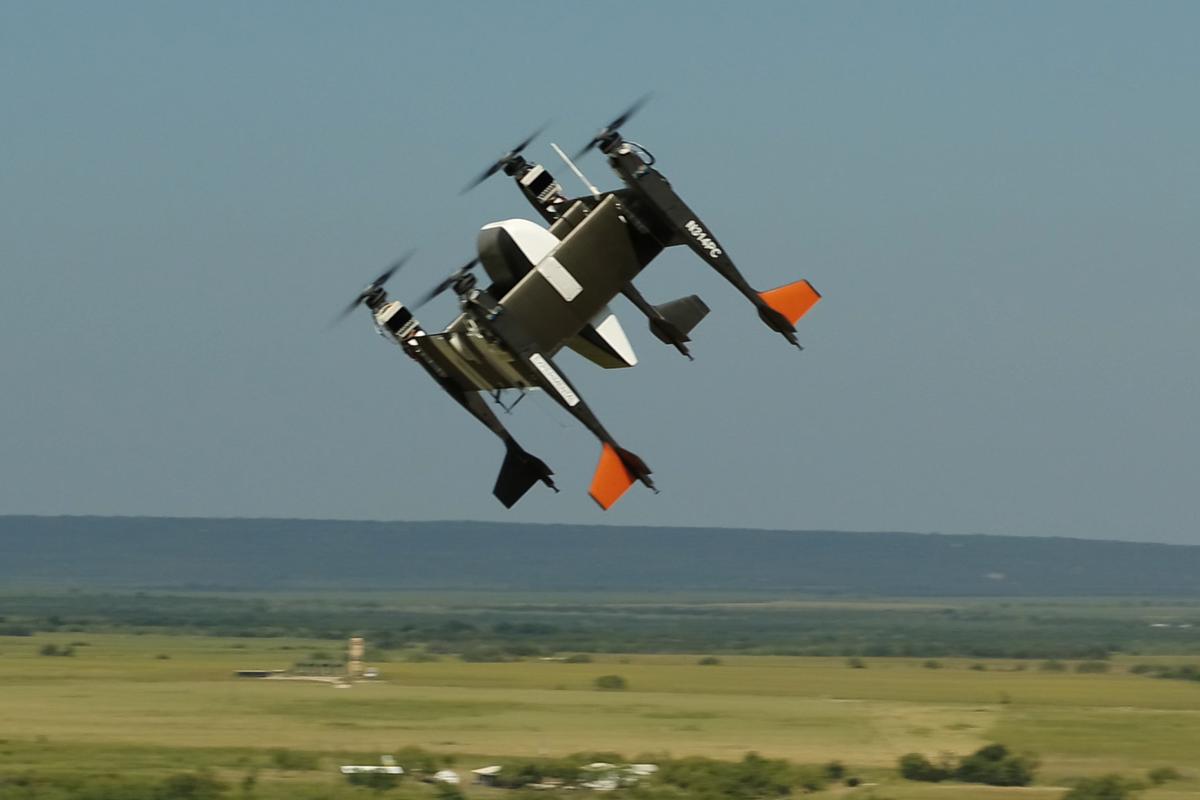Drones buzzing overheard delivering small packages or medical supplies from A to B seems to be in our immediate future. Now Bell has joined the cargo drone race with the APT 70, which has just nailed its first autonomous test flight.
Bell Textron's Autonomous Pod Transport (APT) 70 cargo drone is being designed for everything from package delivery to medical transport missions to disaster relief. And the company has partnered with Japan's Yamato to integrate package handling systems into the drone for on-demand logistics.
The APT 70 is part of Bell's eVTOL family, which means it takes off like a helicopter and then transforms to winged flight once airborne, and is powered by an electric propulsion system. It's been designed to be three times faster than ground vehicles and is capable of more than 100 mph (160 km/h).
Estimated specs show that the drone is also capable of one way flights carrying a payload of 70 lb (31.7 kg) for a range of 35 miles (56 km), or up to 65 miles with no payload but with an extra battery aboard. It supports fast charging and quick battery swap too, to keep it in the air as much as possible.
Bell has now announced the completion of the first autonomous test flight of its APT 70 at a site near Fort Worth, Texas. The company will continue testing the cargo drone over the coming year under an experimental certificate.
By the middle of next year, beyond visual line of sight flight operations will be undertaken to demonstrate commercial mission potential. The Bell and Yamato team is also preparing for an early 2020 entry into service. The video below has more.
Source: Bell Textron




